No products in the cart.
Black Kitchen Cabinets: A Designer’s Perspective on Modern Elegance
By Emily Carter, Interior Designer & Cabinetry Specialist
There’s something undeniably magnetic about a black kitchen. As a designer who has spent over a decade transforming homes across the U.S., I’ve seen color trends come and go — but black cabinetry has earned its place as one of the most sophisticated and enduring choices for modern homes.
Black is more than just a trend. It’s a statement of confidence, a design language that says: this space knows exactly who it is.
In this article, I’ll walk you through how black kitchen cabinets can completely redefine your home — from light control and material pairing to finishes, layout tips, and long-term maintenance.
Table of Contents
1. Why Designers Love Black
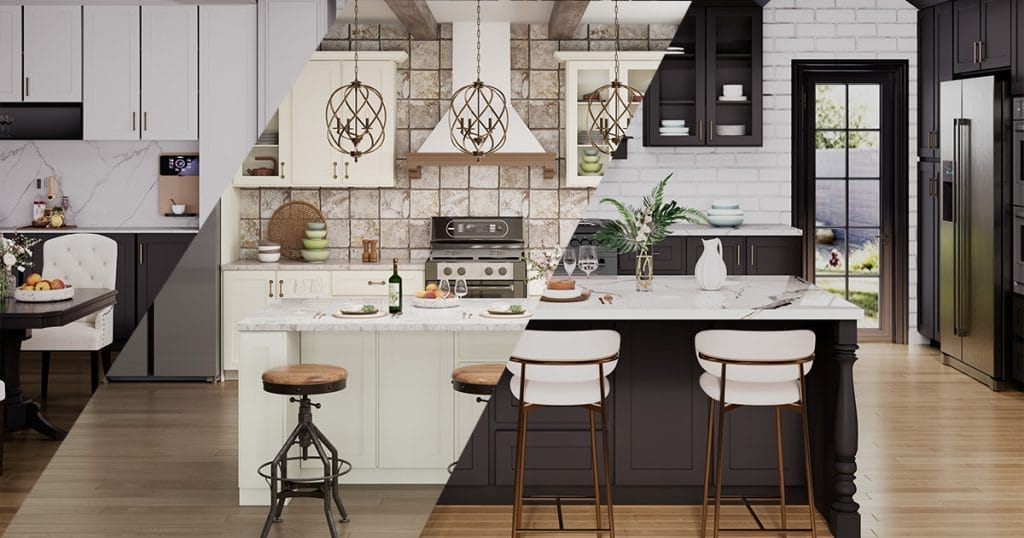
Black brings balance, structure, and visual depth. In large, open-concept homes, it anchors the space; in smaller kitchens, it creates intimacy and dimension.
Unlike white, which reflects and sometimes flattens a room, black absorbs light — allowing other materials to shine. Think of it as a stage that makes every countertop, backsplash, and fixture feel more intentional.
As designers, we often use black to:
- Define open spaces without building walls.
- Create contrast with light flooring or stone countertops.
- Bring a sense of calm and permanence to busy family kitchens.
When done right, black cabinets don’t make a kitchen darker — they make it smarter. For more ideas on how color shapes your kitchen’s mood and balance, check out our guide on choosing the right kitchen cabinet color.
2. The Power of Finish: Matte vs. Gloss
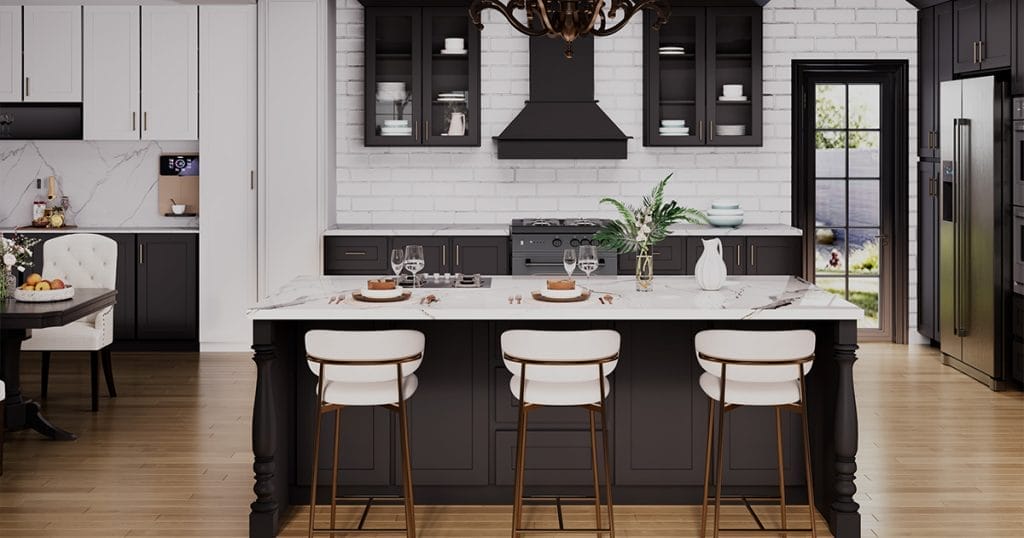
One of the first questions clients ask me is, “Should I go matte or gloss?”
Here’s how I usually break it down:
- Matte Black: Soft, modern, and incredibly forgiving. It hides fingerprints, diffuses light evenly, and gives a velvety texture that feels luxurious but understated. Perfect for everyday family use.
- Gloss Black: Reflective, bold, and full of drama. Works beautifully in large spaces with natural light — every reflection adds a new dimension. But it does demand a bit more maintenance.
If your kitchen has limited sunlight, go matte. If you have tall ceilings and wide windows, gloss can be stunning.
3. Material Pairings That Elevate Black
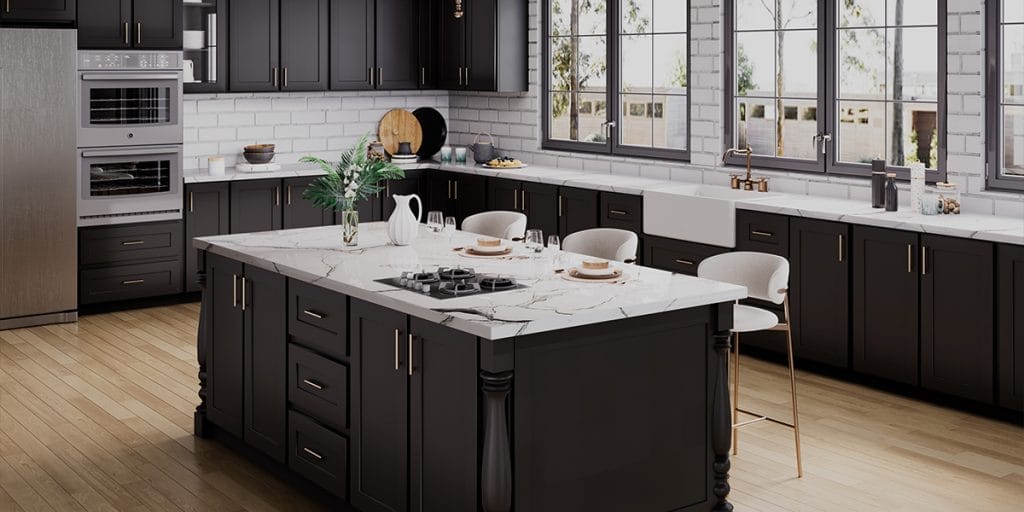
Black cabinetry isn’t meant to stand alone. It shines when paired thoughtfully with other materials:
- Countertops: White quartz, marble, or even light wood for contrast.
- Backsplash: Handmade tiles in gray or cream tones add warmth and texture.
- Hardware: Brass, brushed gold, or matte nickel make black feel timeless and rich.
- Floors: Light oak or concrete helps prevent visual heaviness.
Here’s my personal rule:
Every black kitchen needs at least one natural material — it’s what makes the space feel alive.
A single butcher block section, rattan stools, or open wood shelving can completely change the energy of the room.
4. Lighting: The Designer’s Secret Ingredient
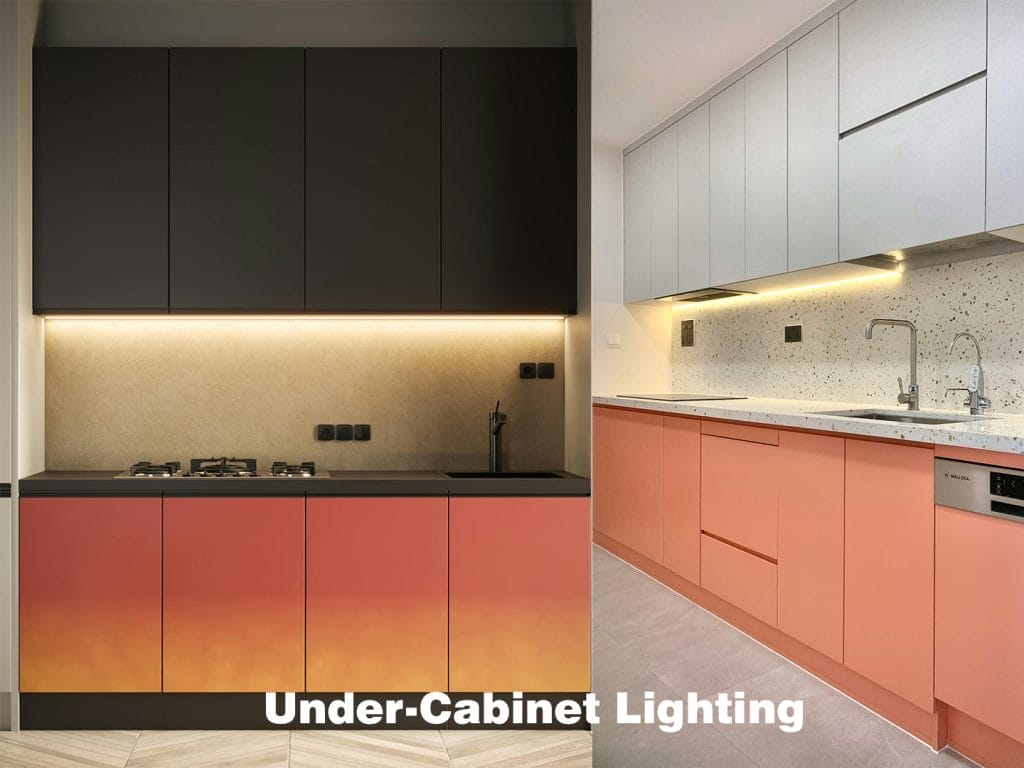
Lighting can make or break a dark kitchen.
I design black kitchens around layered illumination — ambient, task, and accent lighting. Under-cabinet LEDs help food prep, pendant lighting above islands adds character, and wall sconces or hidden toe-kick lighting bring depth.
Remember: black absorbs light, so every bulb counts. Soft white or warm tones (2700K–3000K) maintain a cozy atmosphere and prevent the kitchen from feeling too “industrial.”
5. The Modern Minimalist’s Dream
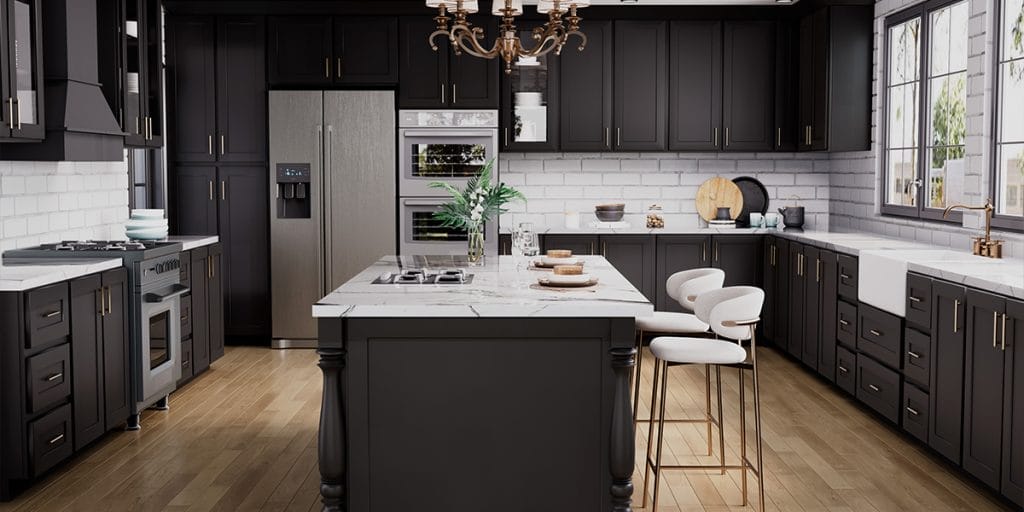
If you love clean lines, black is your ally. Flat-panel and modern Shaker doors look stunning in dark finishes. Handleless cabinets, when paired with integrated lighting, deliver that high-end, European aesthetic many homeowners dream of.
A personal design tip:
Don’t be afraid to mix black and white cabinetry — dark lowers with light uppers create contrast and lift the eye.
This “two-tone” approach gives your kitchen depth while keeping it bright and airy.
6. Practical Considerations: RTA vs. Pre-Assembled
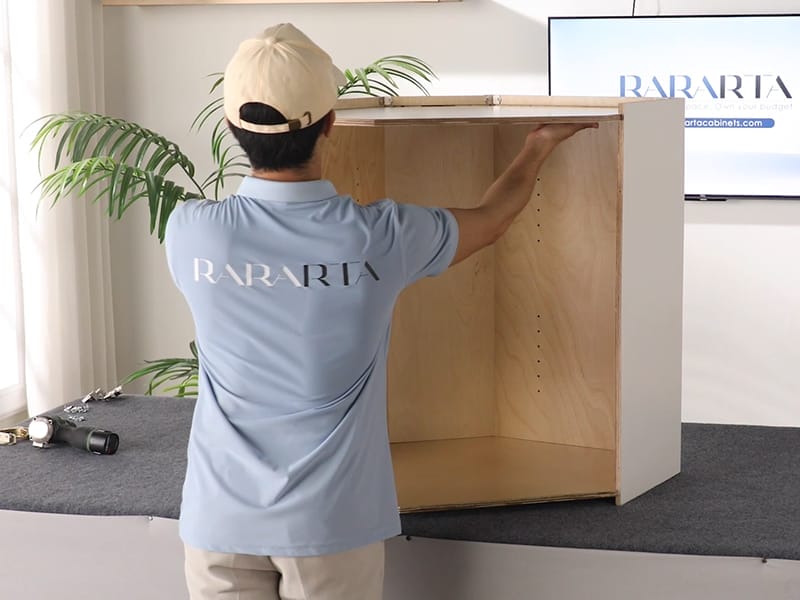
Homeowners often ask me about the difference between RTA (Ready-to-Assemble) and Pre-Assembled Cabinets when planning a black kitchen.
- RTA Cabinets are perfect for confident DIYers or budget-conscious remodels. Today’s high-quality RTA cabinets — like those from RaraRTACabinets — come in durable matte finishes that look just as premium as custom installations.
- Pre-Assembled Cabinets are ideal for homeowners who want a faster installation with professional alignment and a factory finish.
If you’re doing a full remodel, mixing both can be smart — RTA for islands or pantries, and pre-assembled for high-traffic areas. To learn more about maximizing space in compact kitchens with smart cabinet choices, see our guide on small kitchen cabinet solutions.
7. Maintenance: Keeping It Beautiful
Contrary to popular belief, black doesn’t show dirt more — it just shows different dirt.
Use a soft microfiber cloth and mild soap to clean. Avoid abrasive cleaners, and if you have gloss finishes, buff gently to prevent streaks.
Pro tip from years of client installs:
Add good ventilation. Cooking oils and steam are more visible on darker surfaces if your range hood isn’t powerful enough.
With minimal effort, black cabinets can stay pristine for years — and age gracefully, too.
8. Why Black Feels So “Grown Up”
There’s an emotional truth I’ve seen in every successful black kitchen I’ve designed: it changes how people feel in their space.
White kitchens say “fresh start.”
Black kitchens say “I’ve arrived.”
They bring calm, confidence, and permanence — all while offering the freedom to evolve. You can change decor, lighting, or hardware over the years, and black will adapt beautifully.
Final Thoughts: A Kitchen With Personality
Black kitchen cabinets are not for everyone — but for those who appreciate quiet luxury, functional design, and lasting beauty, they’re the perfect match.
If you’re ready to explore this look, start small: try a black island, a coffee nook, or a pantry wall. You might find it changes how you see your entire kitchen.
Black isn’t cold. It’s clarity.
It’s not trendy. It’s timeless.
And in the right hands, it’s pure design magic.
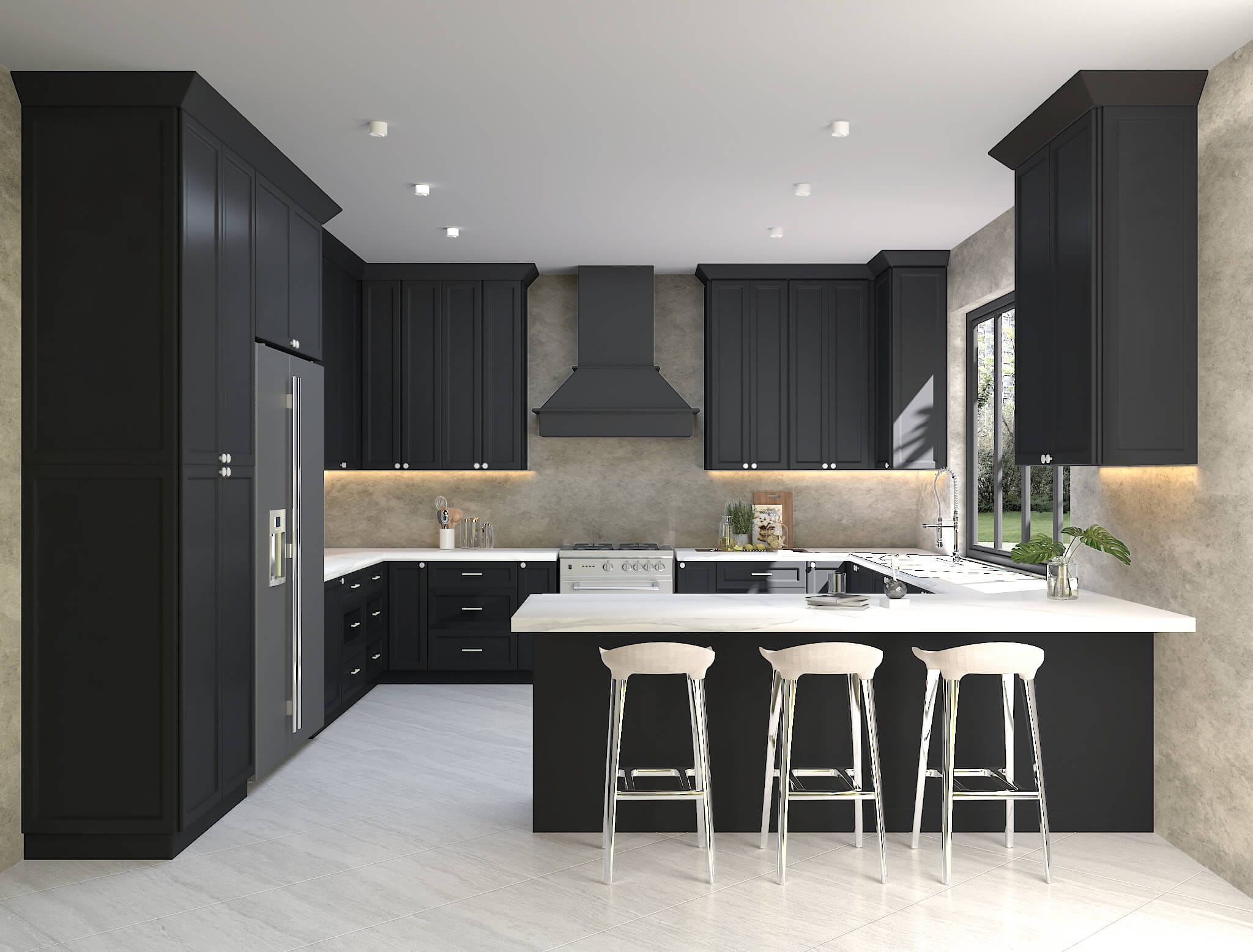
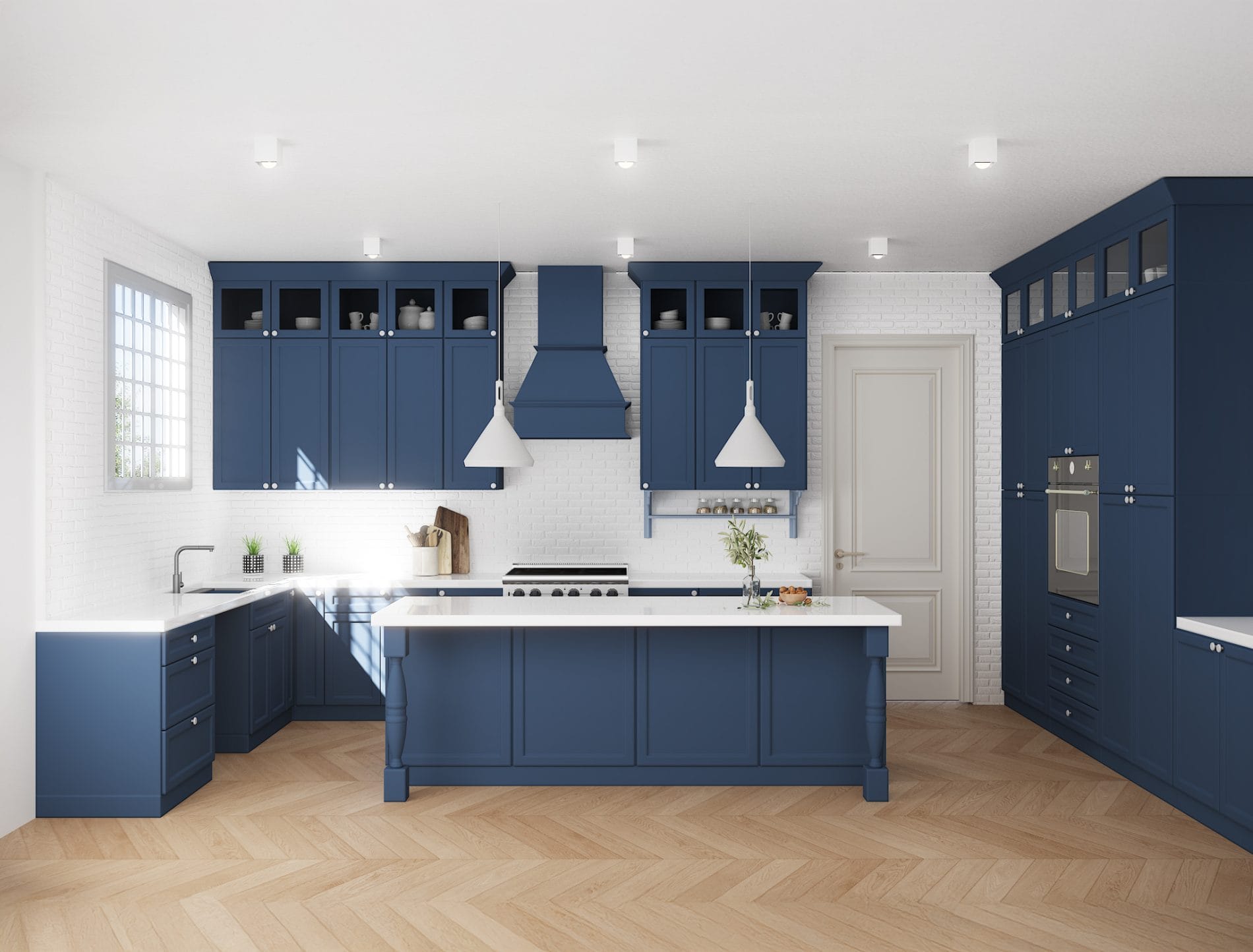
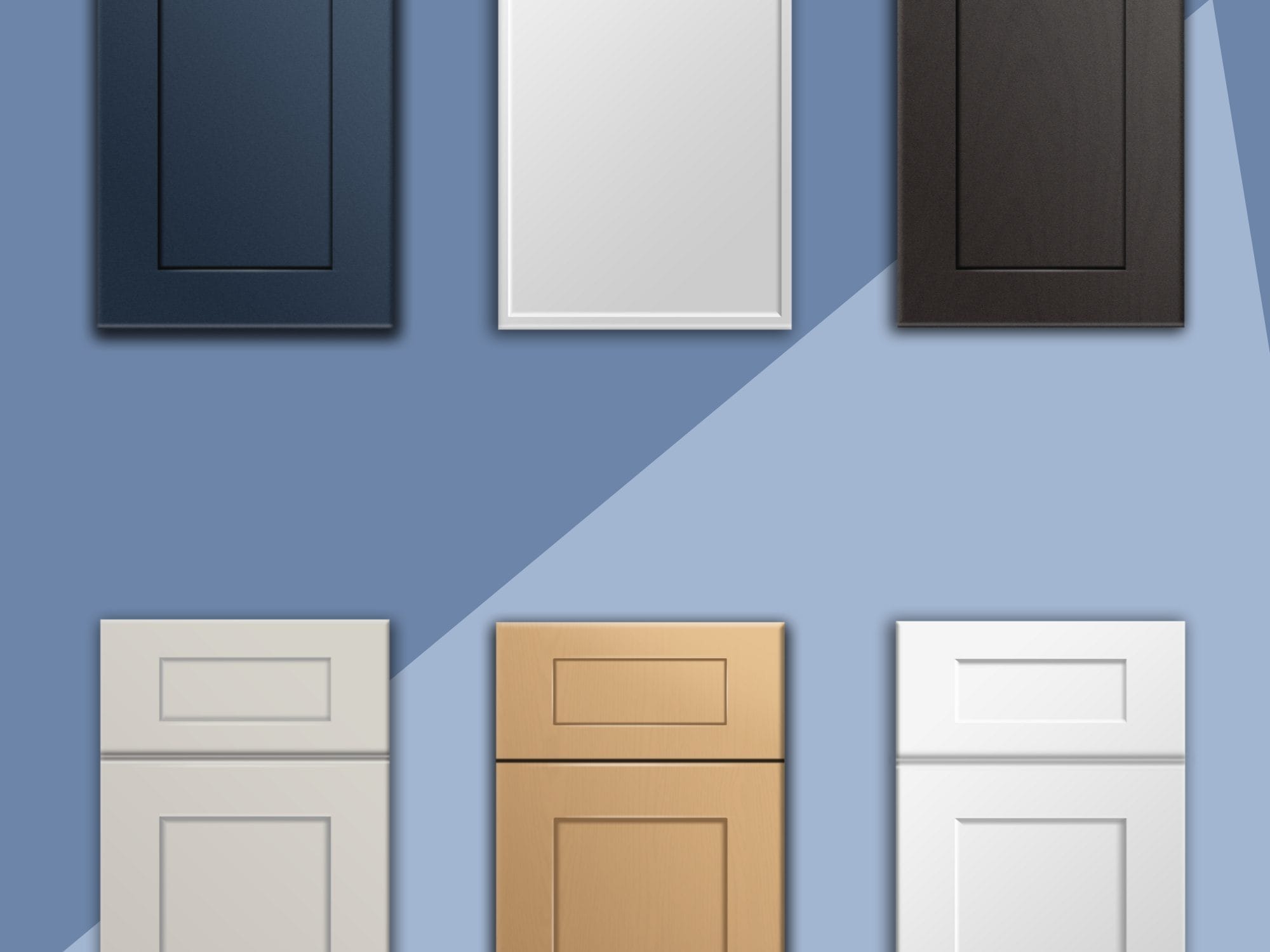
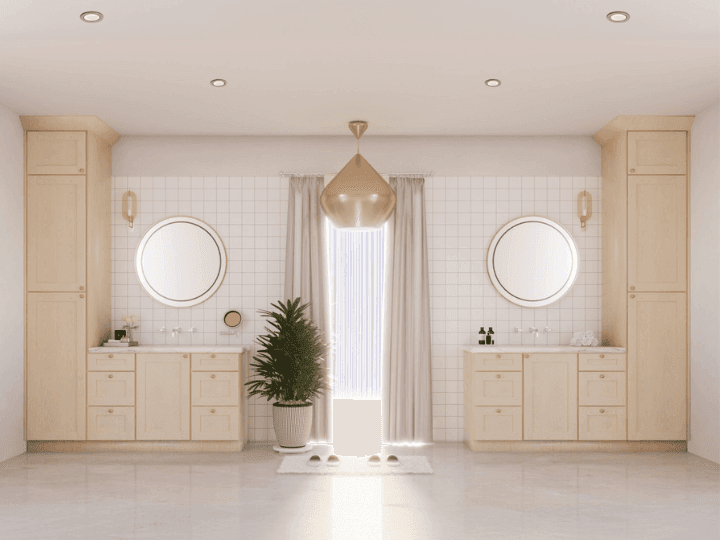
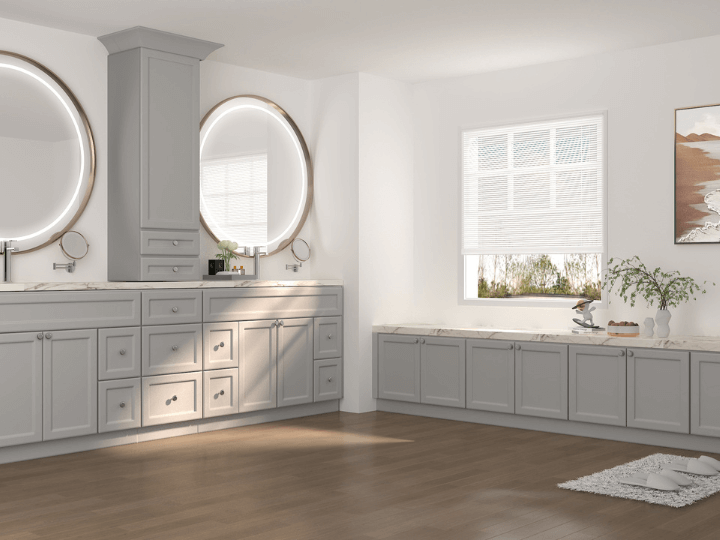
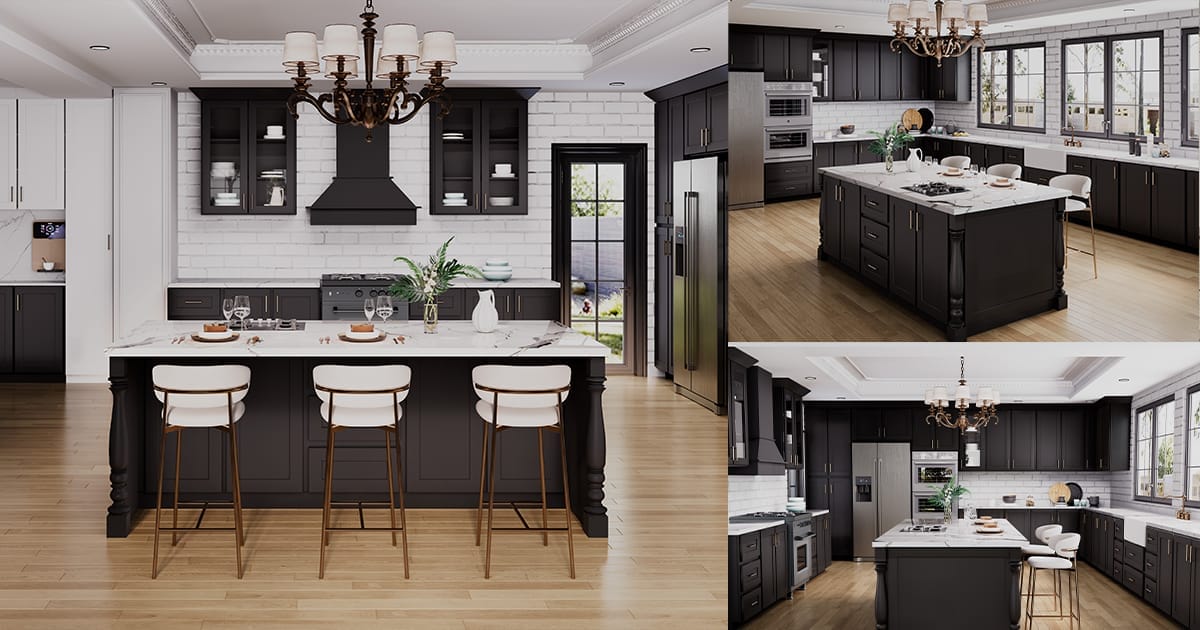


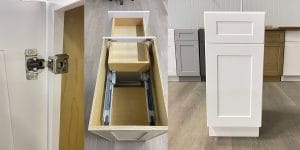














Add comment